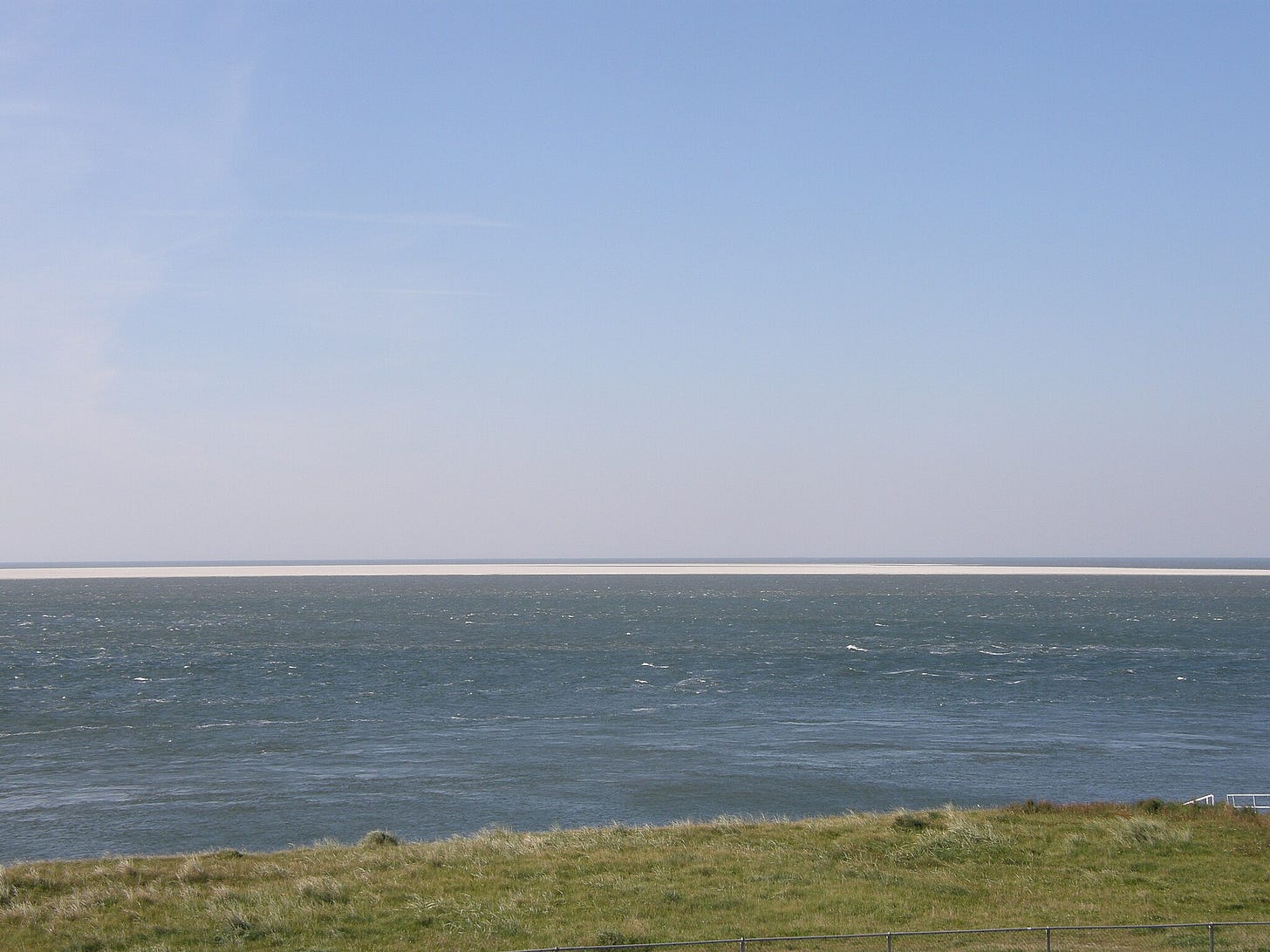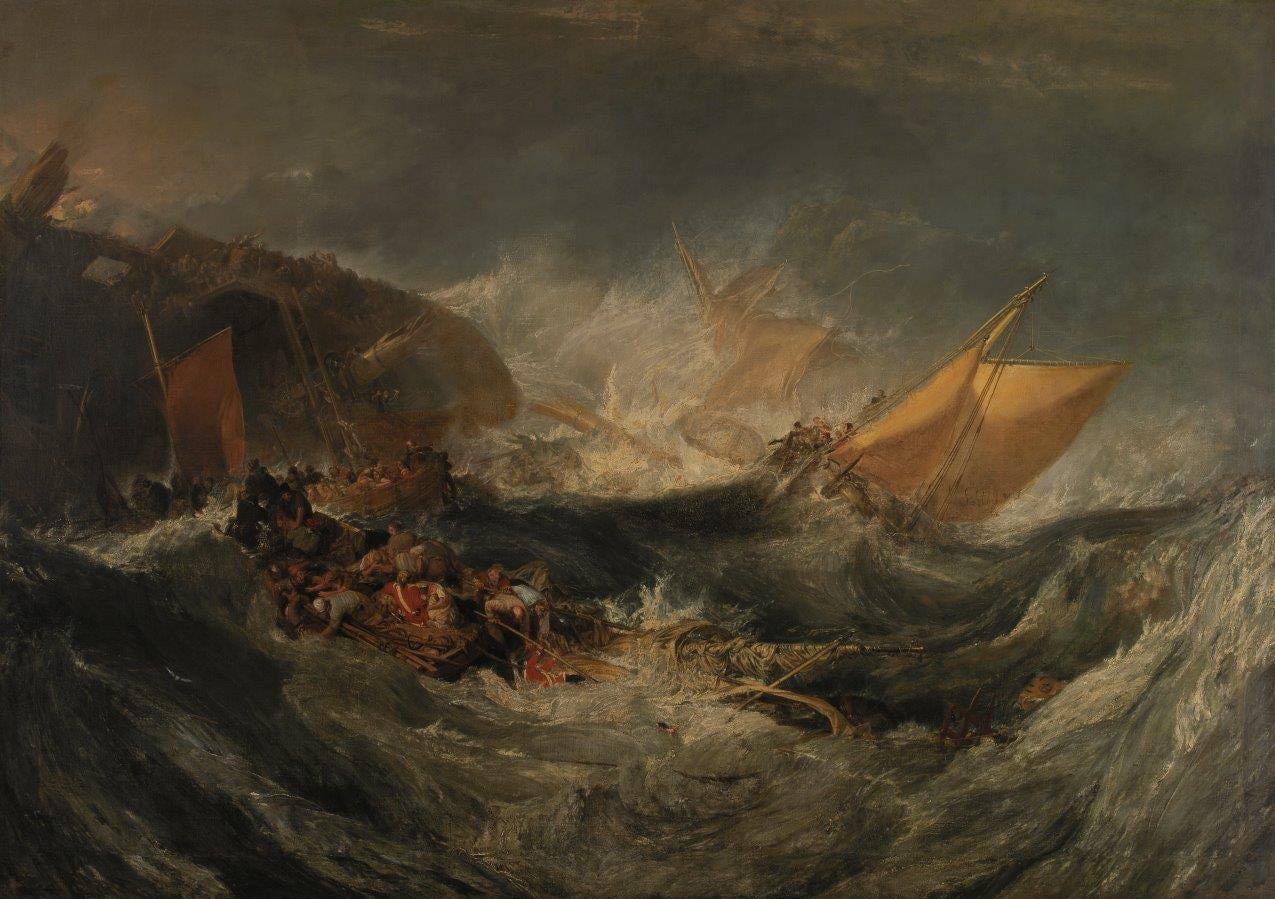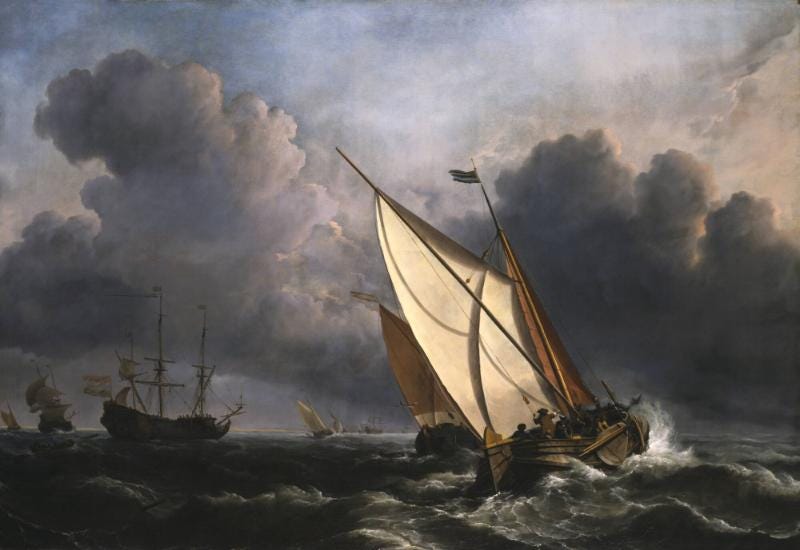On a dark night with a heavy winter sea, the shifting sand banks off the Dutch coast were even more treacherous than usual — especially if you had no idea you were upon them.
The pilots of HMS Minotaur, a Royal Navy 74-gun ship en route from Gothenburg to Britain, had indeed misread the signs. Assuming to be approaching the English coast, they navigated accordingly, intent on hurrying home. But they were in for a nasty surprise. Around midnight on the 22nd of December 1810, stormy winds drove them onto the North Haaks off the Dutch island of Texel, an infamous sand bank known locally as the Razende Bol (‘raging shoal’) and rightly feared by all sea-going folk in those parts.

With the ship stuck fast in the soft, freshly-salted sand, masts were cut away in a frantic effort to lighten the ship and guns fired in signals of distress. By daylight the next morning, still no help had arrived. Though a few men had made it to shore in the ship’s launch, the rest of the crew and their captain John Barrett huddled together on what remained of the deck, left with little choice but to await what must have seemed like a sealed watery fate. Sure enough, the worst came to pass, and somewhere between 370 and 570 lives were lost in the cold December waves. A nighttime error in navigation turned out be catastrophic in such unforgiving waters.
Back home, a certain artist by the name of Turner had just, as it happened, completed a large-scale depiction of a stormy shipwreck. Originally titled The Wreck of a Transport Ship, in the wake of the disaster across the North Sea it appears that the work was renamed — at least for some time — and exhibited as The Wreck of the Minotaur, Seventy-four, on the Haack Sands, 22nd December 1810.1

It is not clear whether it was Turner himself or his patron Charles Pelham, the first Earl of Yarborough, who decided to honour the memory of that disastrous night off Texel with the name change. But it was no doubt a canny decision. At the time, the wrecking of the Minotaur was a major scandal in Britain. Besides the stark loss of life, there were also rumours that such great loss could have been averted had the Dutch sent rescue vessels. (Equally, there are also accounts indicating that the Dutch did sent support, but that the stormy weather conditions prevented their boats from reaching the Minotaur.)2
At any rate, for Turner it was no doubt a strange twist of fate for one of his greatest seascapes to be now caught up in a fraught national conversation about Dutch honour at sea. For he had long been an earnest student of the seventeenth-century marine masters from that land and their famed talent for capturing the shifting North Sea light.
Indeed Turner’s earlier painting, Dutch Boats in a Gale, depicting Dutch fishing boats on course for collision in yet another storm, had been commissioned as a companion piece to hang underneath a seventeenth-century work by Willem van de Velde the Younger in the third Duke of Bridgewater’s personal collection.3 (See last week’s post for the story of Van de Velde the Elder & Son’s move to London in the 1670s and the resulting Solebay Tapestries, another Anglo-Dutch encounter in art.)
Now, just nine years later, Turner’s shrewdly renamed Minotaur piece was the culmination of the early seascape years of one of Britain’s best-loved artists. The Van de Veldes’ legacy in the rival land they had chosen to make home some one and a half centuries earlier was still very much alive and well.


Evelyn Joll, Martin Butlin & Luke Herrmann (eds.), The Oxford Companion to J. M. W. Turner (Oxford: Oxford University Press, 2001), p. 388.
Terence Grocott, Shipwrecks of the revolutionary & Napoleonic eras (London: Caxton, 2002), p. 302.
Remmelt Daalder, Willem van de Velde’s fame in 18th-century England. In Karen Hearn, Angela Jager, Sander Karst, Rieke van Leeuwen, David Taylor & Joanna Woodall (eds.), Close Encounters: Cross-cultural exchange between the Low Countries and Britain 1600-1830 (The Hague: RKD, 2024).


Enjoyed the link between Turner and van der Velde. Both masters of their craft.
You’ve chosen a wonderful theme, too often overlooked in narrow national history frameworks and illustrated it well. Bravo, and carry on!